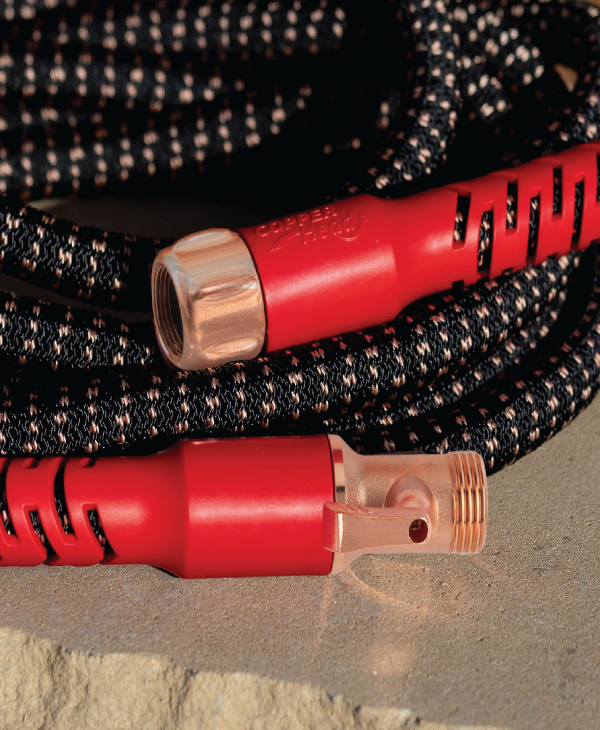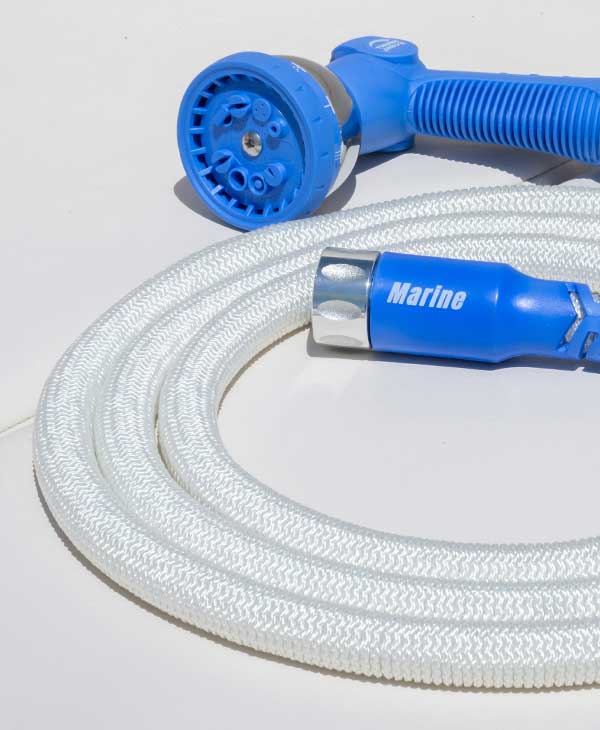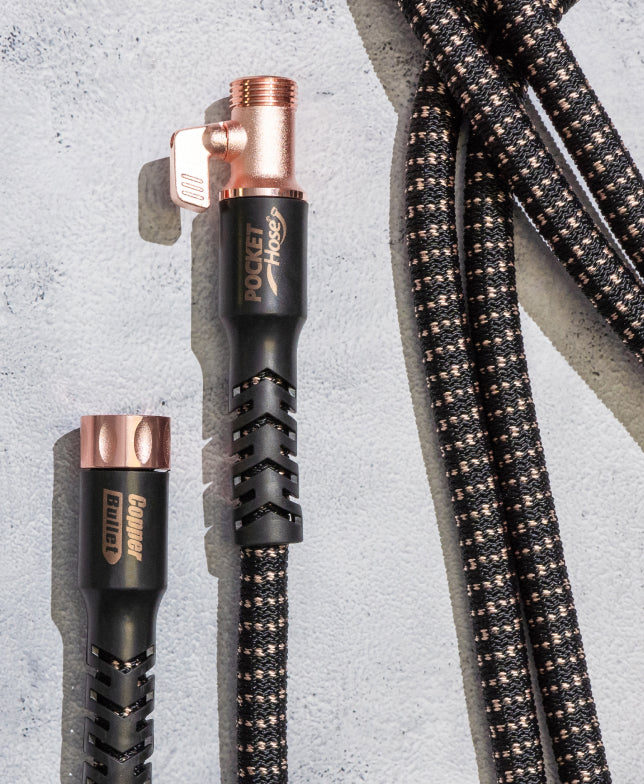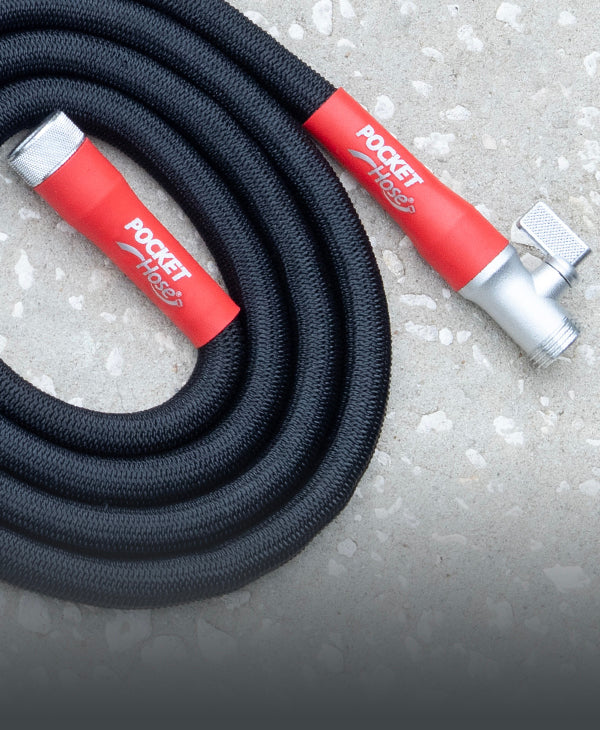Gardening is a pastime and a dedication to nurturing life and the environment. As concerns about climate change and environmental degradation become more prominent, sustainable gardening emerges as a responsible and rewarding practice. Sustainable gardening involves eco-friendly techniques that conserve resources, enhance biodiversity, and minimize environmental impact. This comprehensive guide will help you start with sustainable gardening, offering green gardening tips and sustainable practices to transform your green space into an eco-friendly haven.
Understanding Sustainable Gardening
Sustainable gardening means cultivating and maintaining a garden in self-sustaining and environmentally friendly ways. It emphasizes reducing waste, conserving water, preserving soil health, and supporting local wildlife. By adopting sustainable gardening practices, you contribute to the ecosystem's overall health and reduce your carbon footprint.
Key Principles of Sustainable Gardening
- Resource Conservation: Sustainable gardening prioritizes efficiently using water, energy, and soil resources. This includes utilizing rain barrels, drip irrigation, and choosing native plants that require less maintenance.
- Soil Health: Healthy soil is the foundation of any garden. To maintain soil fertility, sustainable practices include composting organic waste, avoiding synthetic fertilizers, and practicing crop rotation.
- Biodiversity: A diverse garden supports various species of plants, insects, and animals, contributing to a balanced and resilient ecosystem. To attract beneficial insects and pollinators, incorporate a mix of perennials, annuals, and native plants.
- Waste Reduction: Composting garden waste, using natural pest control methods, and repurposing materials are essential to minimizing waste.
- Energy Efficiency: Sustainable gardening also considers energy use. This includes using manual tools, optimizing garden layout for natural sunlight, and employing solar-powered garden equipment.
Getting Started with Sustainable Gardening
Embarking on your sustainable gardening journey requires careful planning and a commitment to eco-friendly practices. Here are steps to help you get started:
1. Assess Your Garden Space
Evaluate your garden site to understand its unique conditions and potential. Note the soil type, sunlight exposure, water drainage, and vegetation. This assessment will guide your plant choices and garden design.
2. Plan Your Garden Layout
Design your garden layout with sustainability in mind. Here are some green gardening tips for an efficient layout:
- Zone Planting: Group plants with similar water and sunlight needs together to optimize resource use.
- Companion Planting: Use companion planting techniques to enhance plant growth, deter pests, and promote healthy soil.
- Vertical Gardening: Utilize vertical space with trellises, arbors, and hanging planters to increase planting capacity and improve air circulation.
3. Choose Native and Drought-Resistant Plants
Select native plants that thrive in your local climate and require minimal care. These plants are adapted to the natural conditions and need less water and fertilizer. Drought-resistant plants are also excellent choices for conserving water.
4. Improve Soil Health
Healthy soil is crucial for sustainable gardening. Improve your soil with compost and organic matter to enhance its structure, fertility, and water retention. Avoid synthetic fertilizers and pesticides, which can harm beneficial microorganisms and degrade soil quality.
5. Practice Water Conservation
Water is a precious resource; conserving it is vital in sustainable gardening. Here are some strategies:
- Rainwater Harvesting: Collect rainwater in barrels to use for irrigation.
- Drip Irrigation: Install a drip irrigation system to deliver water directly to plant roots, reducing water waste.
- Mulching: Apply a layer of organic mulch around plants to retain moisture, suppress weeds, and regulate soil temperature.
6. Composting and Waste Reduction
Composting is a cornerstone of sustainable gardening. It reduces waste and provides nutrient-rich soil for your plants. Start a compost pile or bin for garden and kitchen waste, such as leaves, grass clippings, fruit peels, and vegetable scraps. By composting, you reduce the amount of organic waste in landfills.
7. Use Natural Pest Control
Embrace natural pest control methods to maintain a healthy garden without relying on harmful chemicals:
- Beneficial Insects: Attract beneficial insects like ladybugs, bees, and predatory beetles that feed on pests.
- Companion Planting: Plant herbs and flowers that repel pests or attract beneficial insects.
- Physical Barriers: To protect plants from pests, use physical barriers such as row covers, netting, and cloches.
8. Energy-Efficient Practices
Incorporate energy-efficient practices to minimize your garden's carbon footprint:
- Manual Tools: To reduce energy consumption, use manual or cordless tools such as hand pruners, shovels, and trowels.
- Solar-Powered Equipment: Where possible, employ solar-powered garden lights and irrigation systems.
- Optimize Sunlight: Place plants strategically to maximize natural sunlight and reduce the need for artificial lighting.
9. Support Wildlife and Biodiversity
Encourage a diverse range of plants and provide habitats for local wildlife:
- Pollinator-Friendly Plants: Plant flowers that attract bees, butterflies, and other pollinators.
- Wildlife Habitats: Include birdhouses, bat boxes, and water features to provide shelter and resources for wildlife.
- Avoid Pesticides: Reduce or eliminate pesticide use to protect beneficial insects and other wildlife.
10. Seasonal and Crop Rotation
Practice seasonal planting and crop rotation to maintain soil health and reduce pest and disease buildup:
- Seasonal Planting: Grow appropriate crops each season, ensuring continuous harvest and soil productivity.
- Crop Rotation: Rotate plant families in different areas of your garden to prevent soil nutrient depletion and disrupt pest life cycles.
Pocket Hose Copper Bullet: An Excellent Choice for Watering Needs
Keeping your garden well-watered is essential for plant health, but it's equally important to do so efficiently. The Pocket Hose Copper Bullet is an excellent choice for addressing your watering needs. This hose is designed to be lightweight, durable, and compact, making it easy to maneuver and store. Its three layers of ultra-strength latex tubing prevent kinks, ensuring a steady water flow.
The Pocket Hose Copper Bullet also features a rugged, 3x-strong anti-burst outer sleeve that resists wear and tear. With its easy-to-use design and practical features, this hose provides reliable performance.
Sustainable Practices and Principles in Action
To bring everything together, let's explore how you can implement these sustainable gardening practices to create an eco-friendly garden.
Building a Compost System
Building a compost system is one of the easiest and most effective ways to reduce waste and improve soil health. Start by selecting a compost bin or designating a compost pile area in your garden. Regularly balance green materials (e.g., vegetable scraps, grass clippings) and brown materials (e.g., dried leaves, cardboard) to create nutrient-rich compost.
Turn the pile occasionally to aerate it and speed up decomposition. After 3-6 months, dark, crumbly compost will be ready to enrich your garden soil.
Installing a Rain Barrel
Collecting rainwater is a sustainable practice that reduces dependence on municipal water supplies. Install a rain barrel at the base of a downspout to collect runoff from your roof. Use this water to irrigate your garden, wash tools, or fill birdbaths. Rainwater is free of chlorine and other chemicals, making it ideal for plants.
Creating a Pollinator Garden

Create a garden that attracts bees, butterflies, and other beneficial insects to support local pollinators. Plant various native flowers that bloom at different times throughout the year, ensuring a continuous food source. Include plants like milkweed for monarchs, coneflowers for bees, and daisies for butterflies. Providing a shallow water source and avoiding pesticides will further enhance their habitat.
Designing an Energy-Efficient Garden
Design a garden that optimizes natural resources and reduces energy consumption. Plan your garden layout to maximize natural sunlight, grouping plants based on their light requirements. Use manual tools for soil preparation, planting, and pruning. Where artificial lighting is needed, opt for solar-powered lights to illuminate pathways and garden features.
Practicing Crop Rotation
Crop rotation is a sustainable gardening practice that helps prevent soil nutrient depletion and reduces the risk of pests and diseases. Divide your garden into sections and rotate crops each season. For instance, follow a cycle where legumes (e.g., beans and peas) are planted one year, followed by leafy greens (e.g., spinach and lettuce), and then root vegetables (e.g., carrots and potatoes). This rotation replenishes soil nutrients and disrupts pest cycles.
Final Thoughts
Sustainable gardening is a fulfilling endeavor that benefits the environment and your well-being. By implementing eco-friendly gardening techniques, such as composting, water conservation, natural pest control, and supporting biodiversity, you contribute to a healthier ecosystem. Sustainable gardening reduces your environmental impact and creates a beautiful, thriving garden that you can enjoy all year round.
Embark on your sustainable gardening journey today and take a meaningful step toward a greener, healthier planet. Happy gardening!





Leave a comment
This site is protected by hCaptcha and the hCaptcha Privacy Policy and Terms of Service apply.